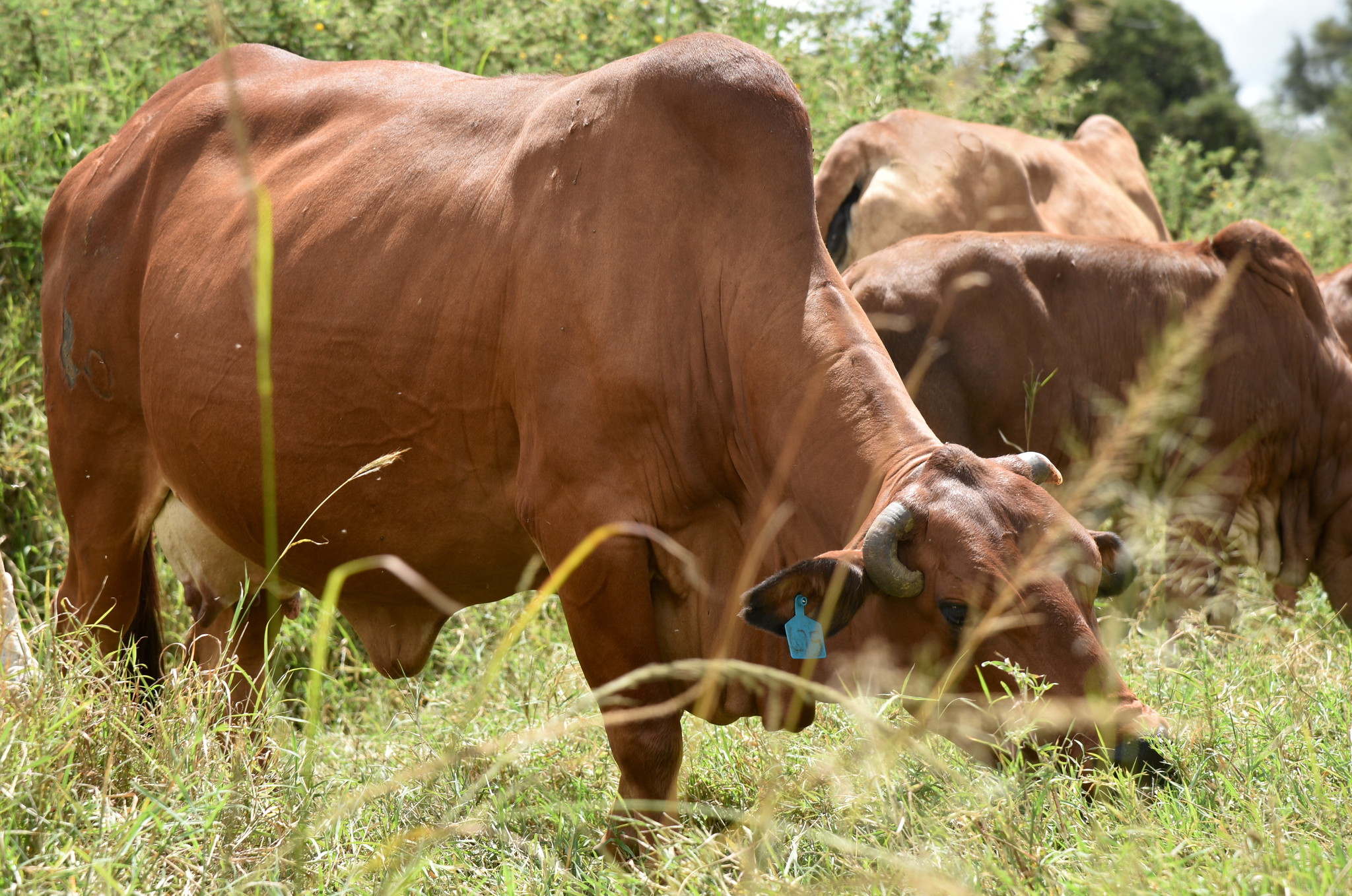First drone-based measurement of ruminant methane emissions in Africa
- From
-
Published on
04.06.24
- Impact Area

Flying a mere nine metres above the grasslands at Kapiti, the International Livestock Research Institute (ILRI)’s research station and wildlife conservancy, a drone not only took pictures of the landscape and livestock inhabitants, but was also measuring methane emissions from herds of ruminants (camels, goats, cows and sheep that digest plant-based food in a specialized stomach, resulting in methane production as a byproduct).
This was the first time that a drone was used to measure emissions from livestock on the African continent.
This pioneer research project, made possible by the Eranet project CircAgric-GHG, is led by Vibeke Lind and partnered with ILRI’s Mazingira Centre.
Although the project aims to evaluate the relationship between livestock system nutrient circularity and greenhouse gas emissions, it also includes a remote sensing component that is exploring new measurement technologies.
Photo: Boran cow at ILRI’s Kapiti Research Station (ILRI/Paul Karaimu)
Related news
-

CGIAR Climate Security team pilots a new research approach for the development of Nature-based Solutions in fragile settings
Ibukun Taiwo27.11.25-
Climate adaptation & mitigation
Responding to complex crises requires new systemic research approaches that help identify entry poin…
Read more -
-

Drones prove their worth in measuring livestock methane in Africa
International Livestock Research Institute (ILRI)26.11.25-
Mitigation
In May 2024, the International Livestock Research Institute (ILRI) and partners shared news of the…
Read more -
-

Pioneer adaptation farmers inspire adoption of climate-smart innovations in Bomet County, Kenya
International Livestock Research Institute (ILRI)24.11.25-
Adaptation
In Bomet County, Kenya, where agricultural traditions run deep, two families and their farms are…
Read more -
